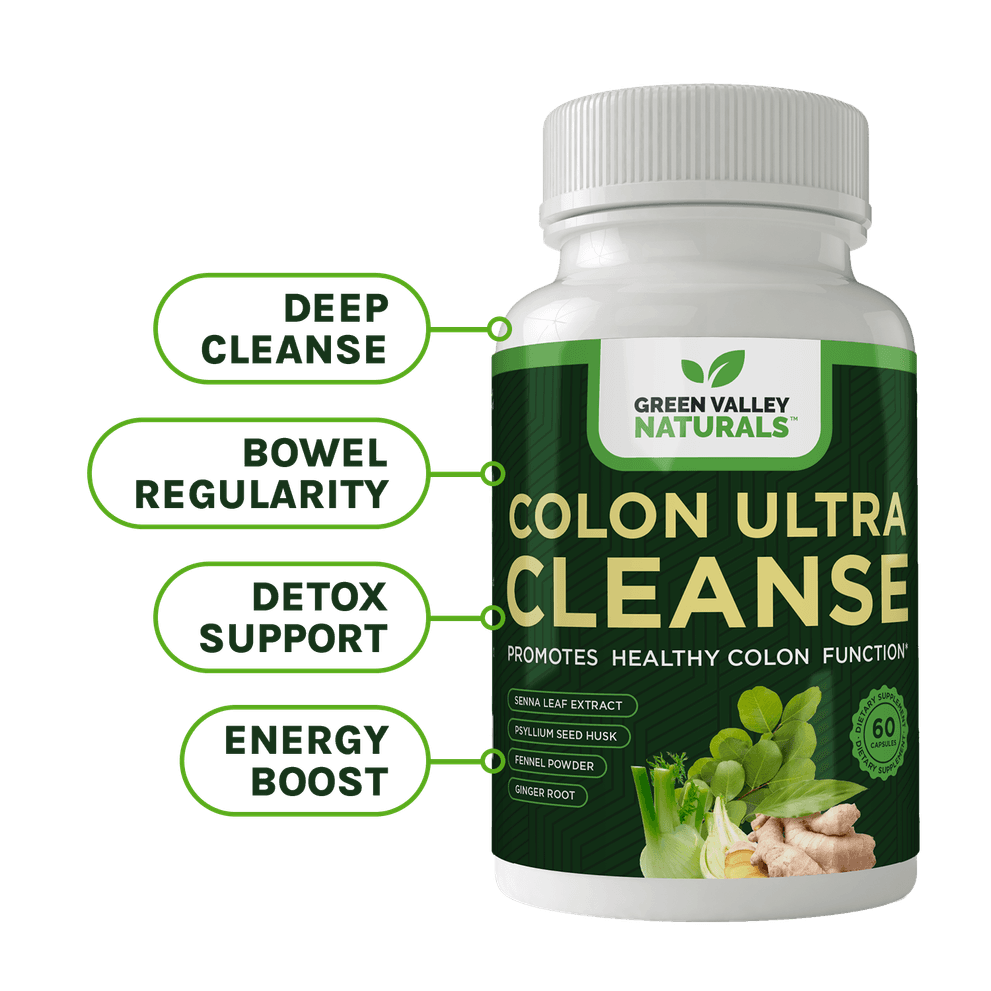
Irritable bowel syndrome (IBS) is a vexing condition. I know from personal experience. It can be very hard to identify the cause, and some people never do. And meanwhile it makes your life miserable.
As the saying goes, misery loves company, so I’ll also note that something like one person out of ten suffers from it – at least that is the case in the most developed countries.
In some people, it leads to very frequent diarrhea. In others, it creates chronic constipation. Or, in the worst of both worlds, IBS can cause you to alternate back and forth between both -- with bloating, nausea, stomach pain and intestinal gas thrown in just to keep it interesting.
Researchers have long struggled to explain what causes IBS much less how to keep it under control. But now there’s new hope. . .
Researchers now think they have an answer to this intestinal dilemma – a regimen with a strange name: the FODMAP diet.
I’m not going to tell you this diet is easy to follow. But there’s solid evidence that it works.
The ins and outs of FODMAP
The FODMAP diet is designed to fend off IBS by eliminating foods that contain what are called fermentable oligosaccharides, disaccharides, monosaccharides and polyols (FODMAPS for short).
Those are complicated names for certain carbohydrates found in many fruits and vegetables that stimulate the overgrowth of problematic bacteria in the large intestine. Those multiplying bacteria, even though they also produce health benefits when they’re at their proper levels, are believed to cause the digestive issues of IBS.
However, the FODMAP diet is not a panacea. It clears up IBS symptoms in about 50 to 80 percent of the people who try it (different studies come up with different numbers). The downside is that the diet rules out many fruits and vegetables normally considered healthy. For instance, apples are high in FODMAPs and have to be restricted, while grapes are relatively low.
According to researchers, the initial phase of a FODMAP diet, where all FODMAPs are severely reduced, should not be followed for very long because it is too limiting. Instead, after two to six weeks, they tell dieters to reintroduce some foods with FODMAPs to see which ones can be tolerated without suffering IBS symptoms.
But if you can stick with this diet through its three phases, the results of research on it are impressive. For instance, a study at the University of Michigan found that in a six-week trial, 61 percent of the IBS sufferers in the research had “major” improvements in their bowel problems. In particular, bloating, diarrhea and the urgency of bowel movements were significantly reduced.1
If you frequently have the experience that you have to find a restroom RIGHT NOW, it’s worth trying this eating plan, considering it works for well over half the people who do.
"Our next step will be to more precisely determine the underlying chemistry of how and why particular foods can yield dramatically different results for different people,” says researcher Shanti Eswaran.
Following the Diet
As I said before, sticking to the FODMAP diet, in any of its phases, for any length of time can be challenging. An important point to remember – you can’t completely eliminate FODMAPs from your diet, you can only greatly reduce them. That’s because there’s a small amount of FODMAPs in virtually every fruit and vegetable. So the diet really reduces your intake of FODMAPs. It doesn’t entirely do away with them.
Monash University in Australia has done a great deal of research into FODMAPs and it’s the major source of information about it. Scientists there have created a smartphone app that supplies a constantly updated list of foods that are allowed and not allowed.
The Monash app also includes rankings of foods as low, moderate or high in FODMAP content, plus recipes and information about IBS.
For more information about their app, go to https://www.monashfodmap.com/get-app-help/.
If you want to try the diet without the app, lists of foods and their FODMAP status can be found at these sites:
- http://myginutrition.com/downloads/High_FODMAP_foods.pdf – This provides a list of foods high in FODMAPs
- http://myginutrition.com/downloads/Low_FODMAP_foods.pdf This is a list of low FODMAP foods.
According to the Monash researchers, the diet should follow three phases2
- Two to six weeks of only eating very low FODMAP foods.
- Eight to twelve weeks of introducing new FODMAP-containing foods carefully, one at a time, to see which ones you can tolerate.
- Thereafter maintaining a diet personalized for you that omits your problem foods.
Many people find better success with this program if they are also counseled by a knowledgeable dietitian. But if you are plagued with IBS, it’s worth a try.

